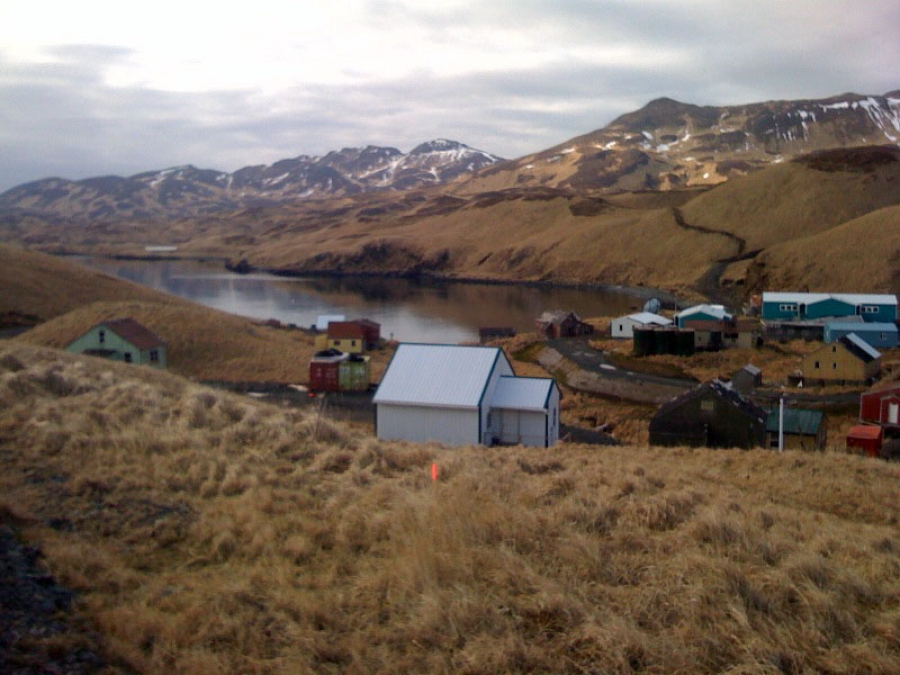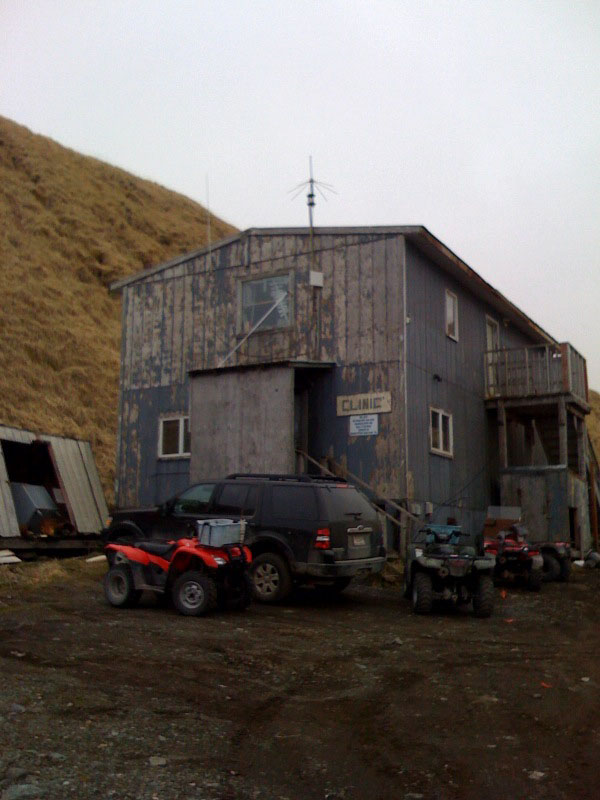Alaskan Housing Competition
Jimmy Prokopeuff, like many Alaskans, needs to replace his outdated wood-frame home, which is ill suited to the rigors of Alaskan weather conditions. The Cascadia Green Building Council, in partnership with the Aleutian Housing Authority, plans to help.
The Living Aleutian Home Design Competition challenges architects and engineers to design a “creative, livable, affordable” three-bedroom, one-bath, single-family home. The home must be between 1,150 and 1,350 square feet and must have a construction budget of $400,000 or less. The challenge may sound simple enough to a seasoned architect or engineer, but there is a catch—the home must be environmentally sound and be able to withstand Alaska’s roughest conditions.
 Image: Cascadia Green Building Council
Image: Cascadia Green Building Council

The winning design will be built alongside other homes on Alaska’s remote Aleutian Islands. The Aleutian Islands are believed to be among the world’s longest continuously occupied communities, exhibiting evidence of human development dating back 8,500 years, according to the Cascadia Green Building Council (CGBC). The innovative designs must “reflect the history, culture, and resources” of the community, all while also accommodating the community’s aspiration to build with local materials, reduce the use of scarce fossil fuels, and increase energy conservation—all of which has been difficult in the past due to the proximity of the islands to the mainland and the harsh winters of the northern Pacific. The CGBC and the Aleutian Housing Authority (AHA), the partnering organizations coordinating the competition, believe that if modern techniques are combined with indigenous knowledge, these goals can be achieved to create a sustainable, energy-efficient, cost-effective home.
Additionally, designers must give special consideration to the islands’ harsh, volatile climate. Nicknamed “birthplace of the winds,” the Aleutian Islands feature a 1,050-mile treeless area with high volcanoes, wide beaches, and jagged cliffs. The islands receive an average rainfall of 25" to 35" per year, which usually falls approximately 200 days of the year. An array of animals, including sea lions, seabirds, and seals, inhabit the island. The winning design will need to be able to withstand the Alaskan wilderness and use sustainable, local materials, all while avoiding building practices that may be detrimental to the island’s wildlife.

Registration for the competition was completed in December 2011, and submissions will be accepted through January 18, 2012. The winner will be announced at Living Future 2012, May 2-4 in Portland, Oregon. The winning designer will receive $35,000, and the design will be used to construct a new home in the footprints of a recently demolished home. The second-place designer will receive a cash award of $15,000. The third-place designer will not receive a cash prize but will be featured in Trim Tab, CGBC’s quarterly magazine, along with the first- and second-place winners.
The competition is a part of the AHA’s efforts to reduce fossil energy consumption by 85% on the island. Most of the islands’ inhabitants currently use electricity that is generated from diesel oil and heat spaces using heating oil, which is shipped from thousands of miles away and stored. The AHA and CGBC are in search of cost-effective, sustainable ways to generate energy locally for single-family homes, coupled with sustainable building techniques. Therefore, the competition represents much more than a chance for members of the AEC community to test their creativity and innovation. It is part of an on-going initiative for the entire community. If the winning design meets the expectations of the AHA and the CGBC, similar homes will be built on the island in the future.


J. Mariah Brown
J. Mariah Brown is a technical research writer and the owner of Writings by Design, a comprehensive business writing service company that specializes in business development, promotion, and client outreach. She has worked in a variety of technical and non-technical industries including, but not limited to, Government, Non-Profit, Engineering, Translation and Interpretation, Christian and Women’s Publications, and Fashion and Beauty. She is a graduate of the prestigious E.W. Scripps School of Journalism at Ohio University and is currently pursuing a master's degree from Gonzaga University in Communication and Organizational Leadership.







